It’s really, truly, finally springtime! I realize the Gregorian Calendar announced the season last month, but the bluebells follow their own calendar. I can’t argue with the bells. Arguing would be silly even if I disagreed; they are plants.
Besides flowers, flowering trees, and other things that make me sneeze (it’s brutal here in April/May), there are other things I’ve seen this week which remove any doubt that the Gregorian-ignoring, new spring season has arrived.
Here are two of them.
Spring Moment #1: Let the Courting Begin
Many birds begin courtships and competitions in the early spring, around the time the bluebells are in full bloom. Robins, wrens, other songbirds, and yesterday, cardinals.
You might think it’s as simple as boy meets girl. Nope. First up, we see a male fly past a female. He was dancing and fluttering all around her for a bit. It was just the pair of them when I arrived on the scene. Boy, girl, simple, right?
But then a second female made a swift entrance, and suddenly it was on. Evidently they exchanged a few words over who should receive the attention, and who should not.
The intensity increased, and even with my best panning techniques it all became a blur.
They move so quickly! I’m not sure if either of them connected with the male that morning, as they ultimately moved downstream to another area. But their populations are healthy here, so even if it wasn’t in that moment…
Apropos of nothing else, the boys are definitely brighter and more eye-catching, but girls have their own beautiful, nuanced colors. To my eye, at least.
Spring Moment #2: Welcoming The American Mink
As the seasons transition away from winter, minks appear more frequently along the shoreline. In the winter they rely mostly on small mammals like mice and rabbits, and I’ve yet to see one here between November and February.
But in warmer weather they add healthy doses of aquatic proteins. I’ve encountered several along the creek, each one slightly different in color and size.
They’re cute! But I wouldn’t want to tangle with one. Members of the weasel family, they are impressive hunters and ferocious predators. I see them moving in and out of the water, searching, hunting, constantly in motion. When I spot one it’s usually traveling quickly along the riverbank.
They are opportunistic predators with a truly varied diet. They catch small mammals, fish, crayfish, shellfish, birds, eggs, even snakes and turtles. They’ve got excellent vision and hearing, and also use their noses when hunting land mammals.1
Besides their arrival, there’s another reason minks represent spring to me. In the spring I can see and photograph them. They’re here in the summer too, but I often can’t find or follow them.
In springtime (and part of fall) when I see them moving quickly along the opposite bank of the creek, I can try to run ahead on my parallel side. I’m hoping to get just a bit ahead of them and into a spot where I can stop and make a few images as they catch up and pass me by. I never get many shots in before they’ve passed. Then I try to run ahead again to a new spot, if the trail and the mink are cooperative.
But once the foliage fills out the views are blocked for months, until the leaves fall away.
I was fortunate with this smaller, darker mink. It explored a single area for at least a full minute, maybe more, searching the hillside. Mostly obscured, but at least I didn’t have to run after it (at first). In the mink image above it was lying flat for a bit, sniffing the logs and grasses. Something was there earlier. A squirrel, perhaps.
But no longer, apparently. So it moved along as they typically do, leaping from rock to log to rock again.
You may have noticed the mink’s fur is wet. My first view was seeing it swim towards the bank from the middle of the creek. My last view was seeing it slip back into the water, leaving barely a ripple. We were only “together” there for that one minute. But it was a very fine minute, indeed.
Enjoy your springtime, whenever that is for you.
Until next time,
Is there something here you like or dislike? Questions? Have anything else to say? Let us all know by clicking on the Comments button below, and express yourself. Don’t be shy, now.
If you like this post you’re bound to like the next one as well. I’m sending them weekly. Quit any time, or better yet, stay and read on!
Know anybody who should hear about all this? Be a friend and let them know!
Or, are you interested in seeing more work? My website welcomes you. We may even want to work together. I promise a joyous and productive experience if we do.
Visit: www.dobkinphoto.com
Minks can also prey on muskrats, which can weigh up to 4lbs, while minks top out at 2-3lbs. However, unlike the Stoat in New Zealand, the mink has predators of its own to worry about, and they are not considered pests here. One day I saw a fox try to hunt a mink! But it wasn’t able to get too close. Darn. I was hoping to get a shot with both of them in the frame before the mink slipped away; I was aimed and ready! But it might have been the best luck the fox had all year. I don’t imagine the fox would have been pleased with the encounter, if there had been one.




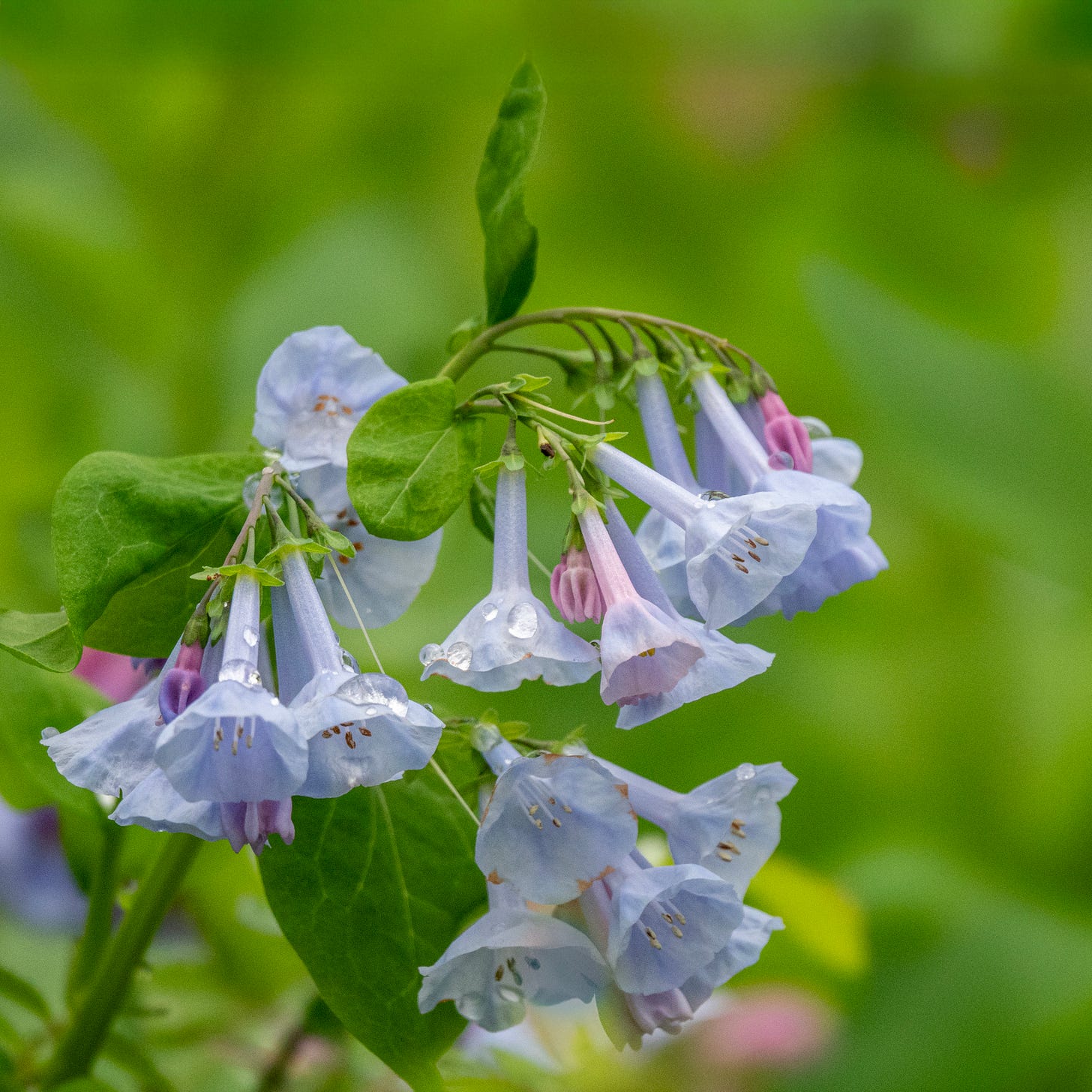
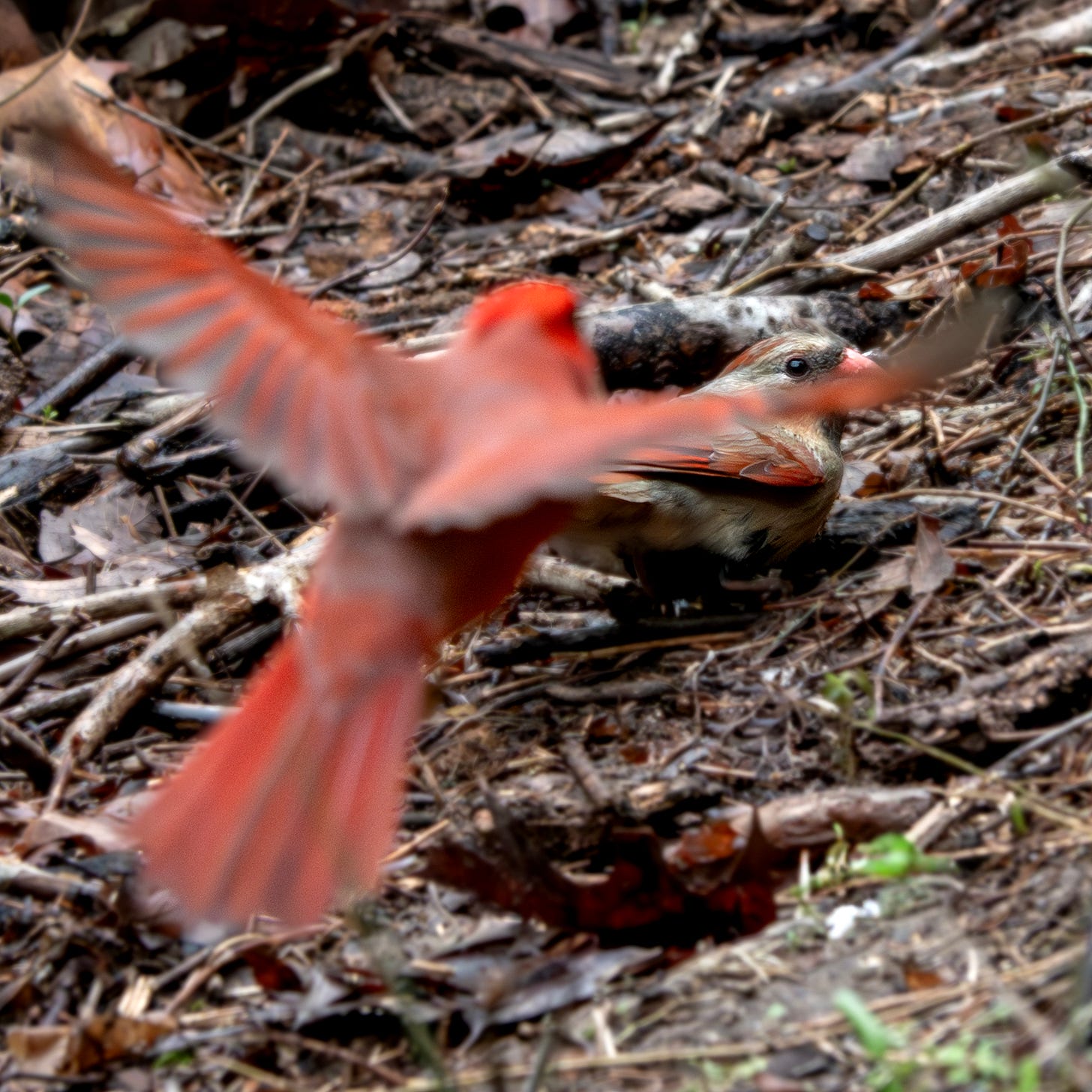
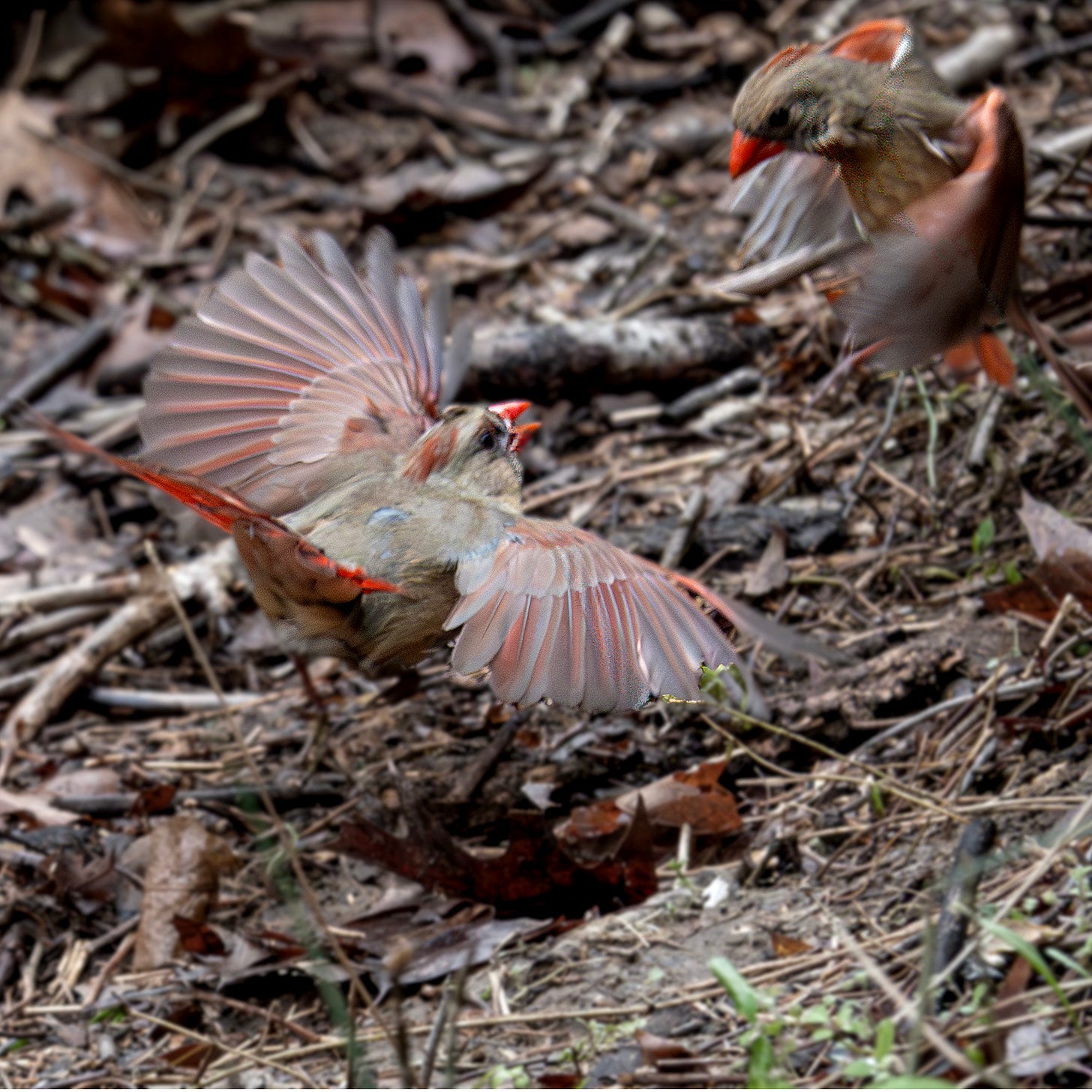
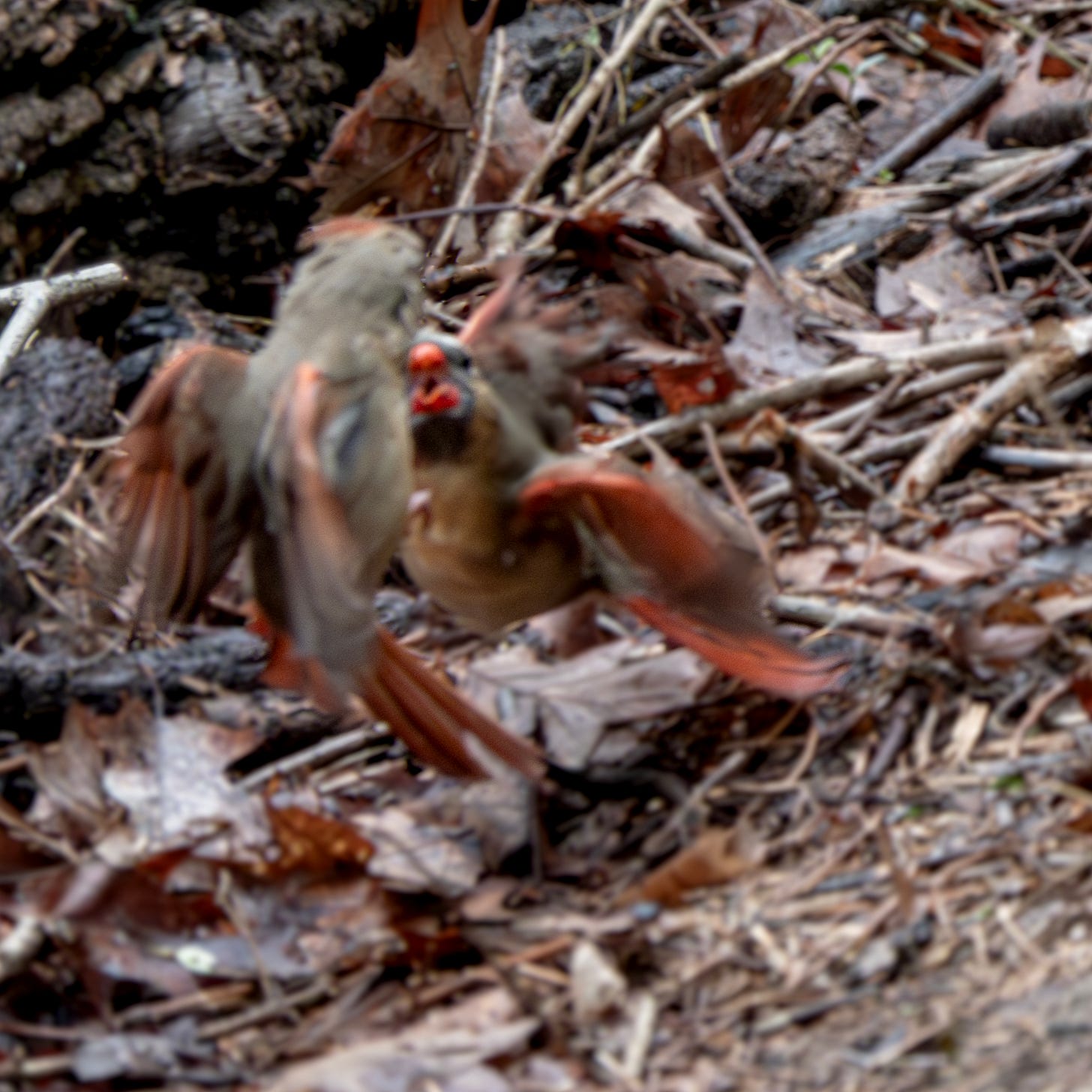
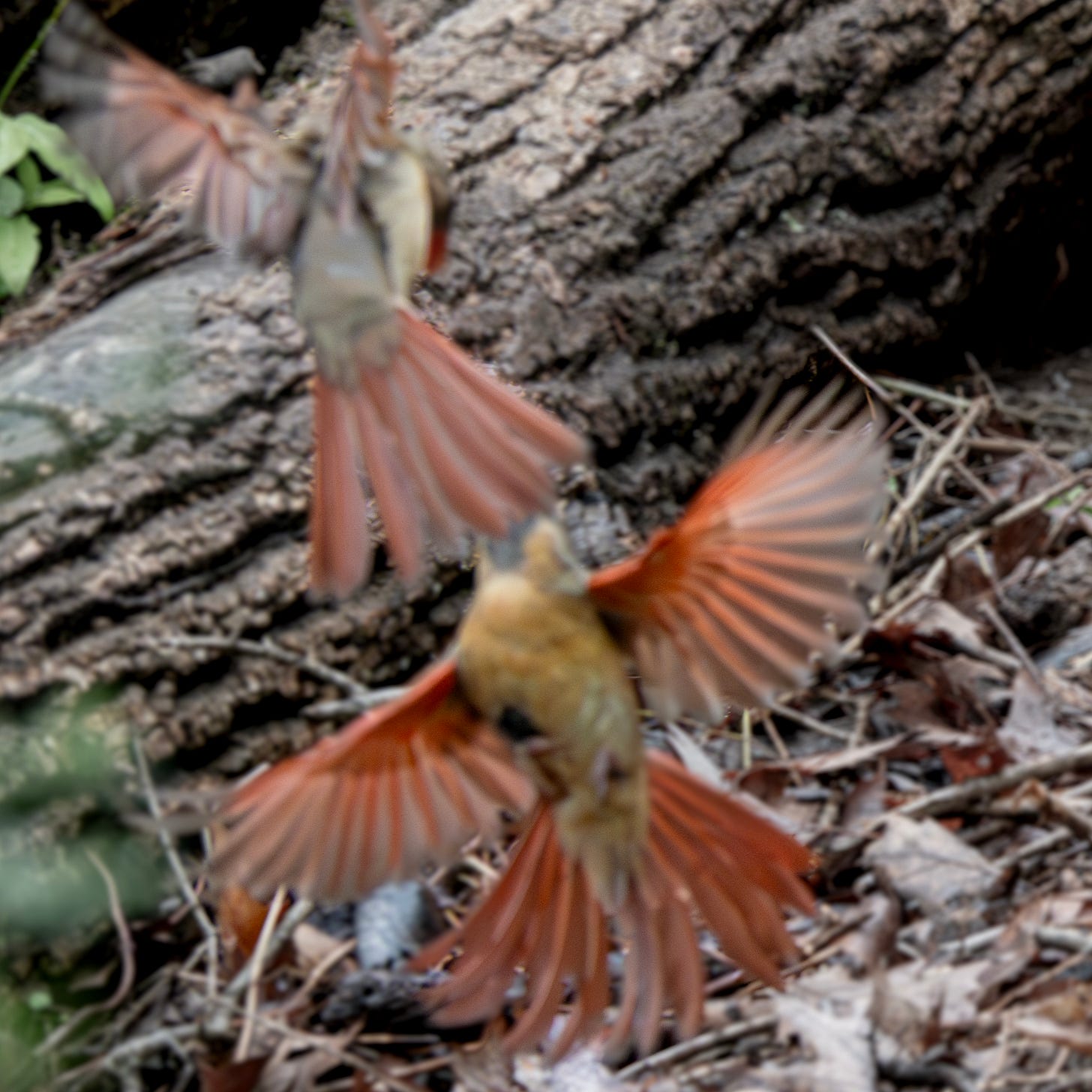

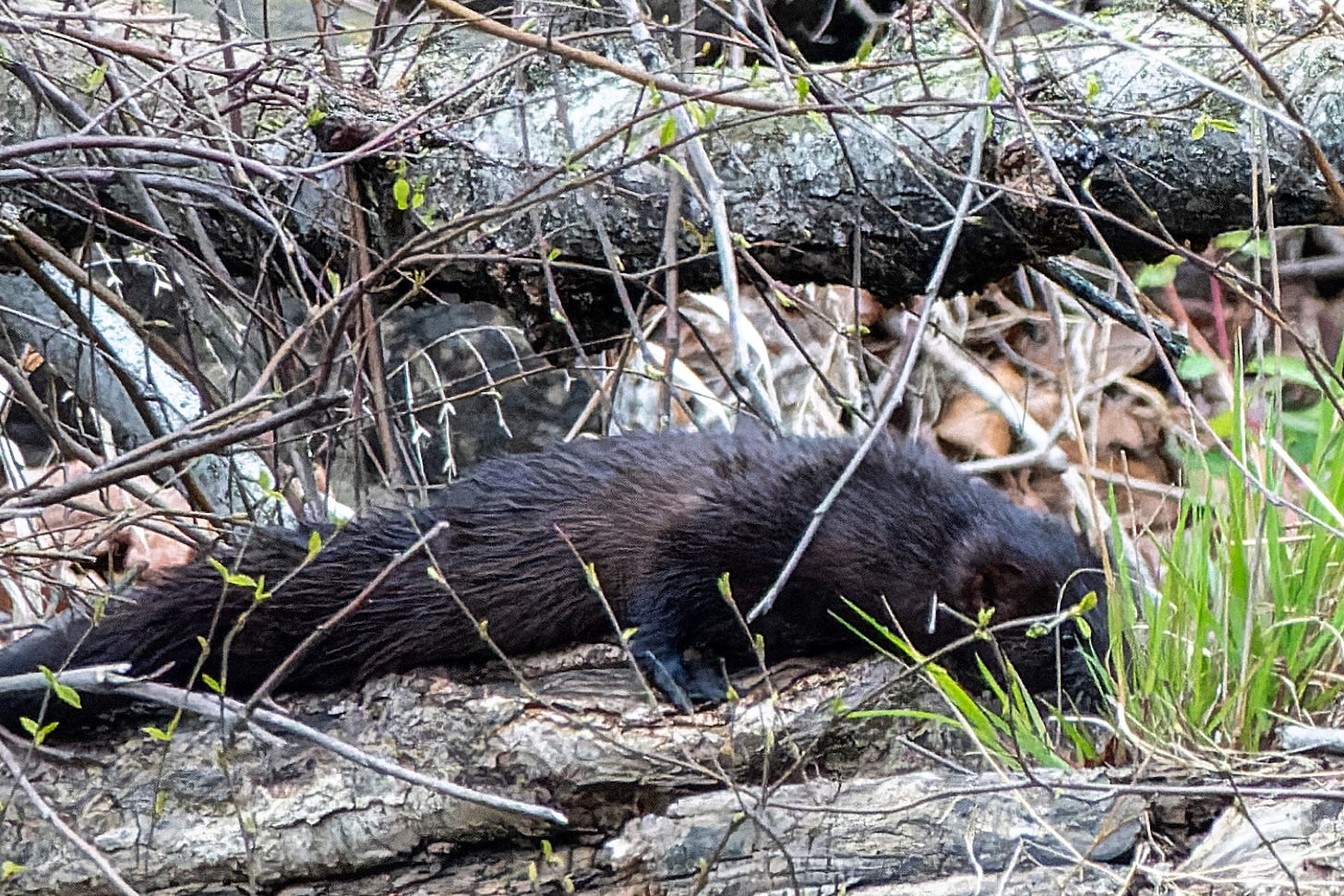
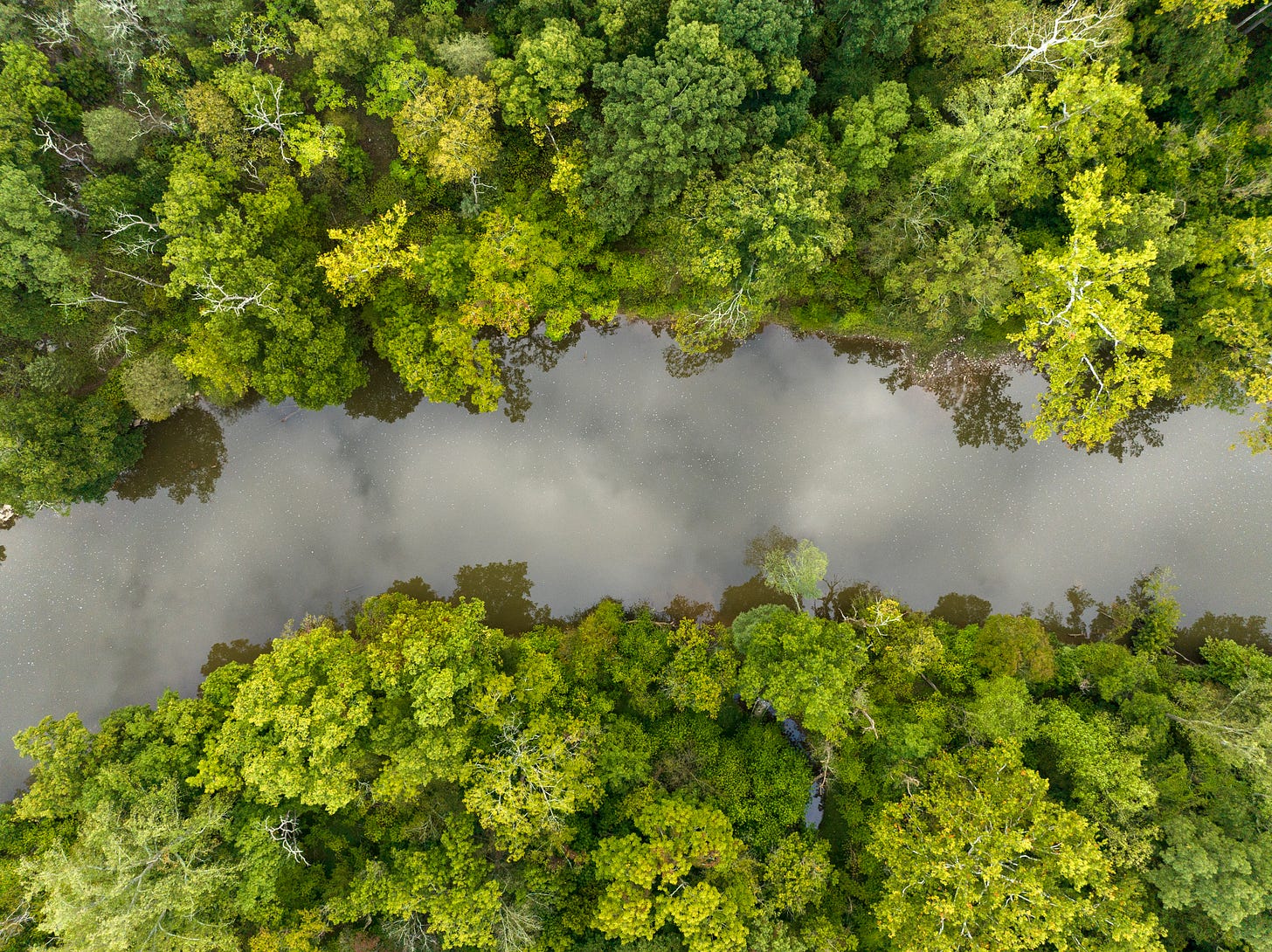


I love your observations and watching Spring awakenings through your eyes! Thank you!
It is so good seeing nature awakening again!